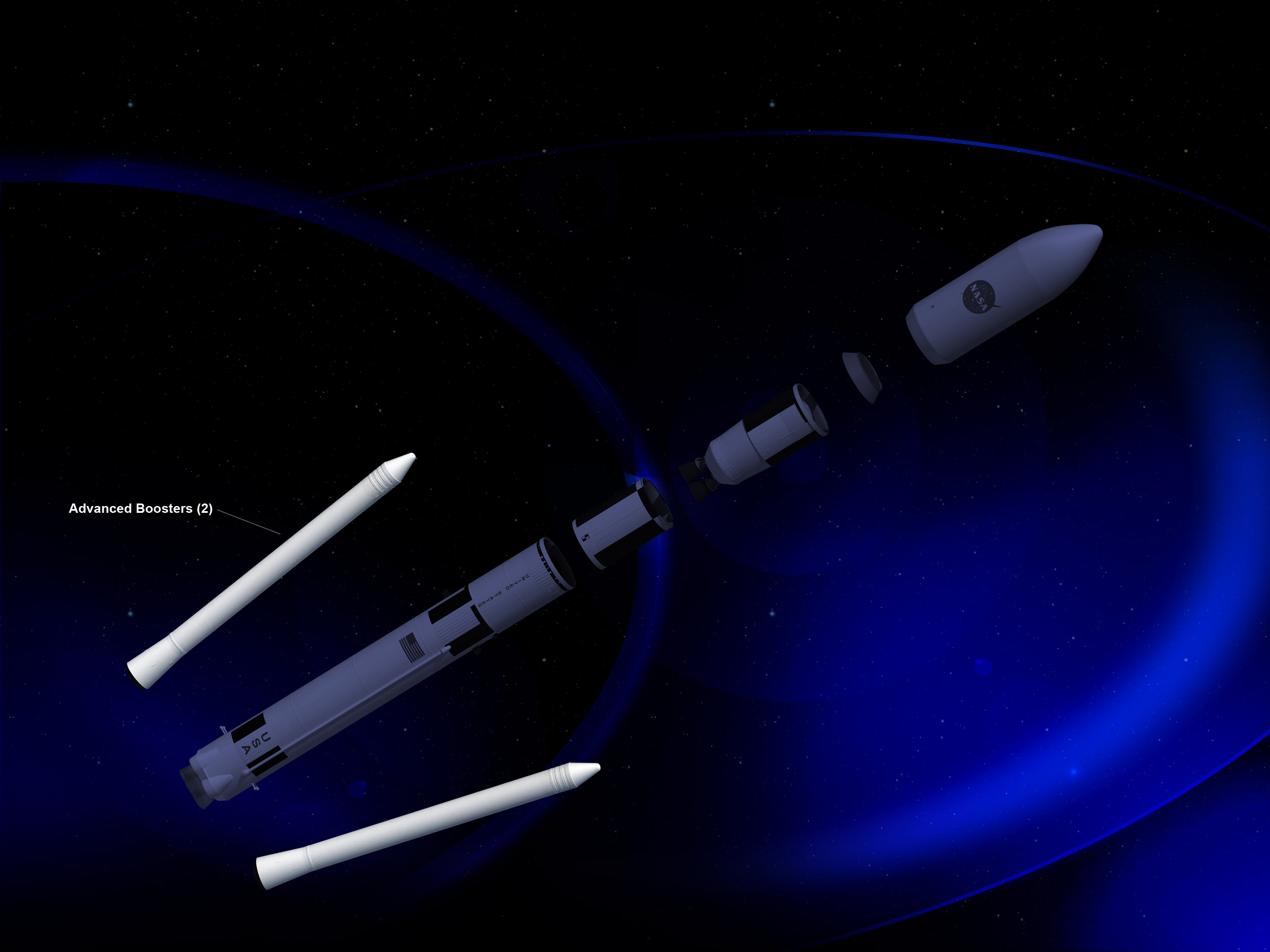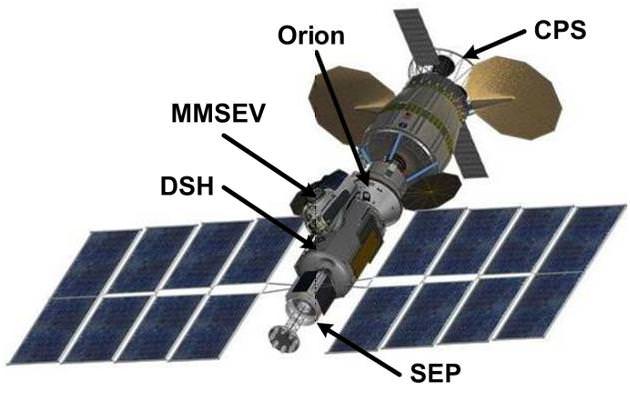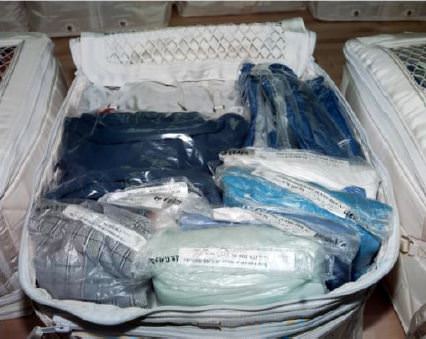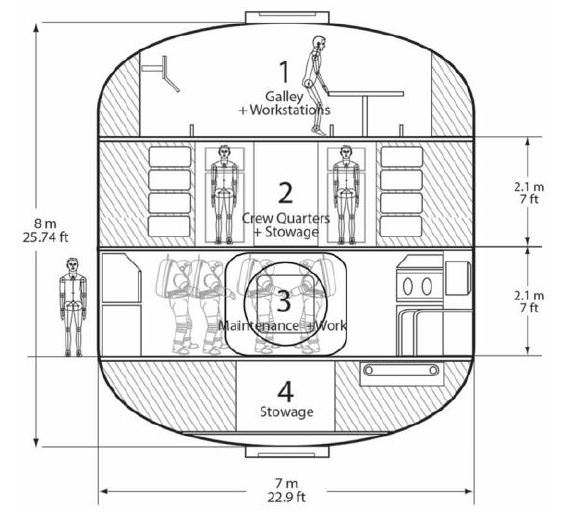Artist concept of the Robotic Asteroid Prospector. Credit: Marc Cohen et al.
There’s been a lot of buzz in the media lately about mining asteroids, largely brought on by the introduction of Planetary Resources, Peter Diamandis’ new venture into the industry. But is this business proposition actually viable? NASA’s Innovative Advanced Concepts is funding a study that hopes to answer that question.
Called the Robotic Asteroid Prospector proposal, the project is part of the NIAC’s Phase I program awardees. It is headed by Dr. Marc Cohen, an architect based in Palo Alto California, with help from Warren James, a trajectory expert, Kris Zacny, a roboticist at Honeybee Robotics and Brad Blair, a mineral economist. Their proposal studies the fundamentals of some major questions facing the asteroid mining industry. What kinds of mission and spacecraft design are necessary? Is the right kind of mining technology available? And most importantly, is there even a viable business model for doing it in the first place?
Dr. Cohen himself is skeptical that there is, but points out that’s part of the reason he’s so interested in performing the research. Contributing to his skepticism are the numerous assumptions the proposal is based on. These include a telescope in Venus orbit to help the search for near-Earth objects (one of NASA’s primary mission statements, and similar to the B612 Foundation’s space telescope that will hunt for Near Earth Asteroids) and regular commercial access to a service base located in a Lagrange point from which to launch the missions.
“We’re trying to make the assumptions really clear, specific and explicit, so we understand what the trade-offs are,” Dr. Cohen told Universe Today. “One thing we’re being very careful about is not going in with any preconceptions.”
The assumptions lead to a spacecraft design, possibly using a solar-thermal propulsion system, that launches to a NEO from the Lagrange point station, mines and processes the material at the asteroid and then returns it to the Lagrange point for shipment back to Earth.
Dr. Cohen explained that the team is trying to find the requirements that would make a robotic asteroid program commercially successful.
There are still plenty of challenges to solve, including developing trajectories that allow the spacecraft to make repeated, short trips to the asteroid it is mining and handling any sort of technical problems without a human presence nearby. If it manages to resolve some of those difficulties, the project could result in the outlines of one of the backbones of the future space economy. It might also attract funding for the Phase II round of funding from NIAC next year.
For more information about the RAP, see the NIAC website








